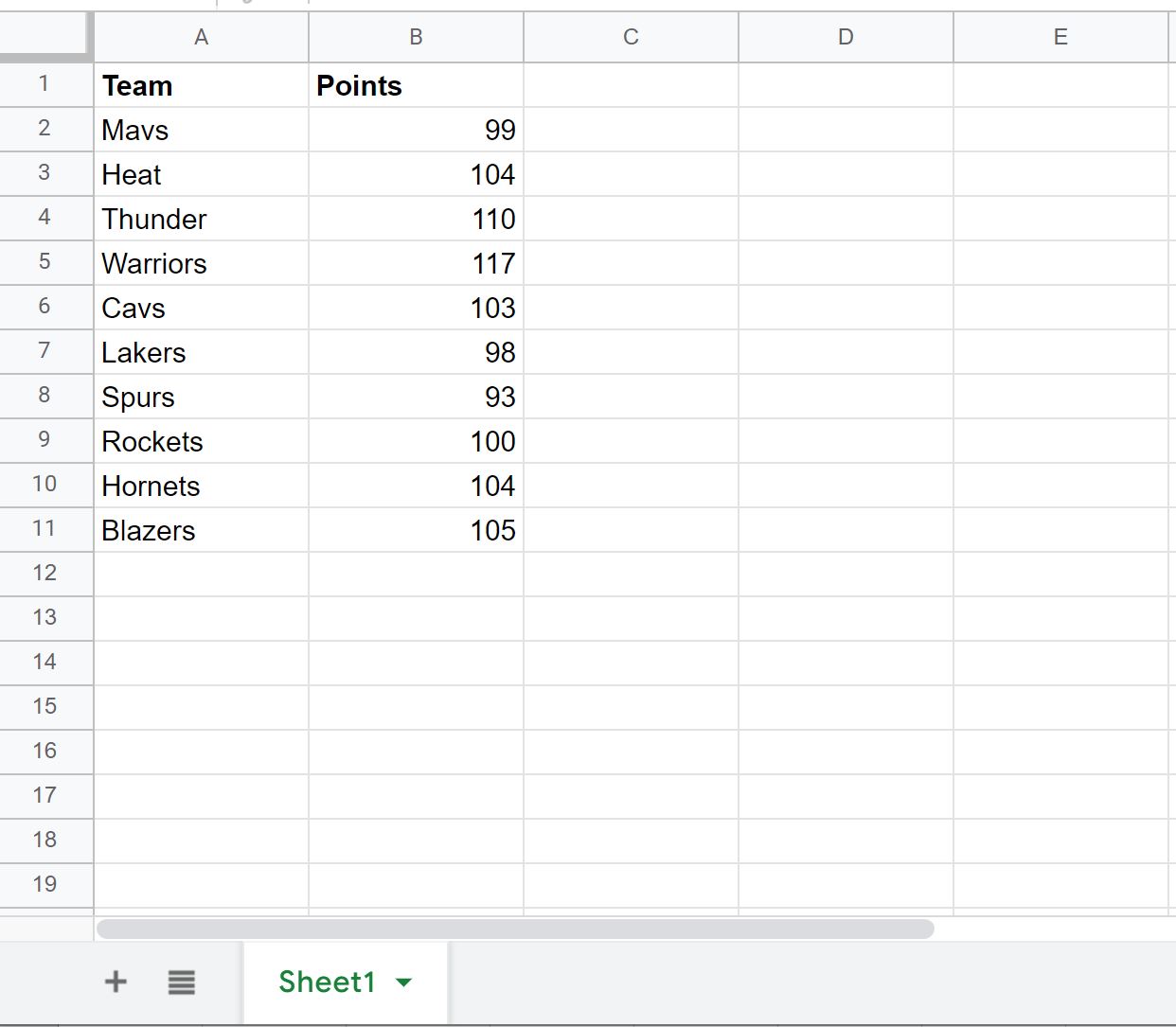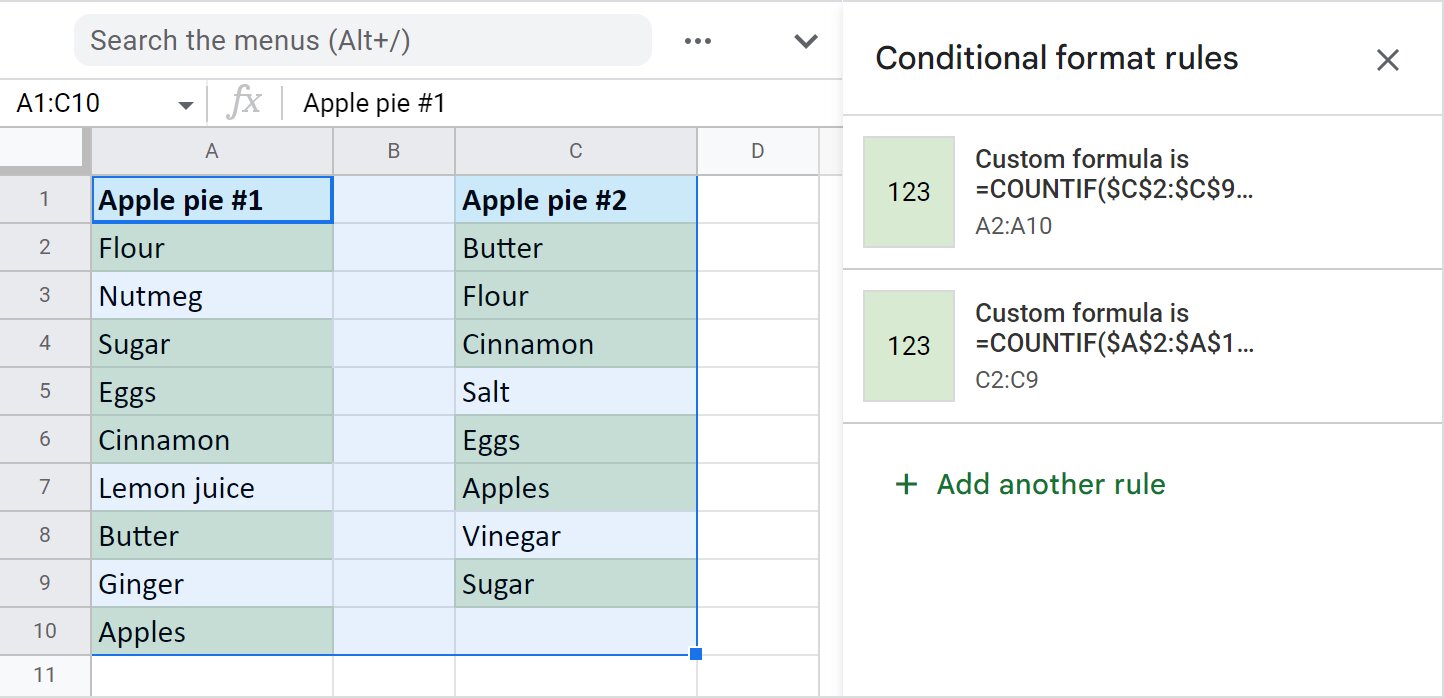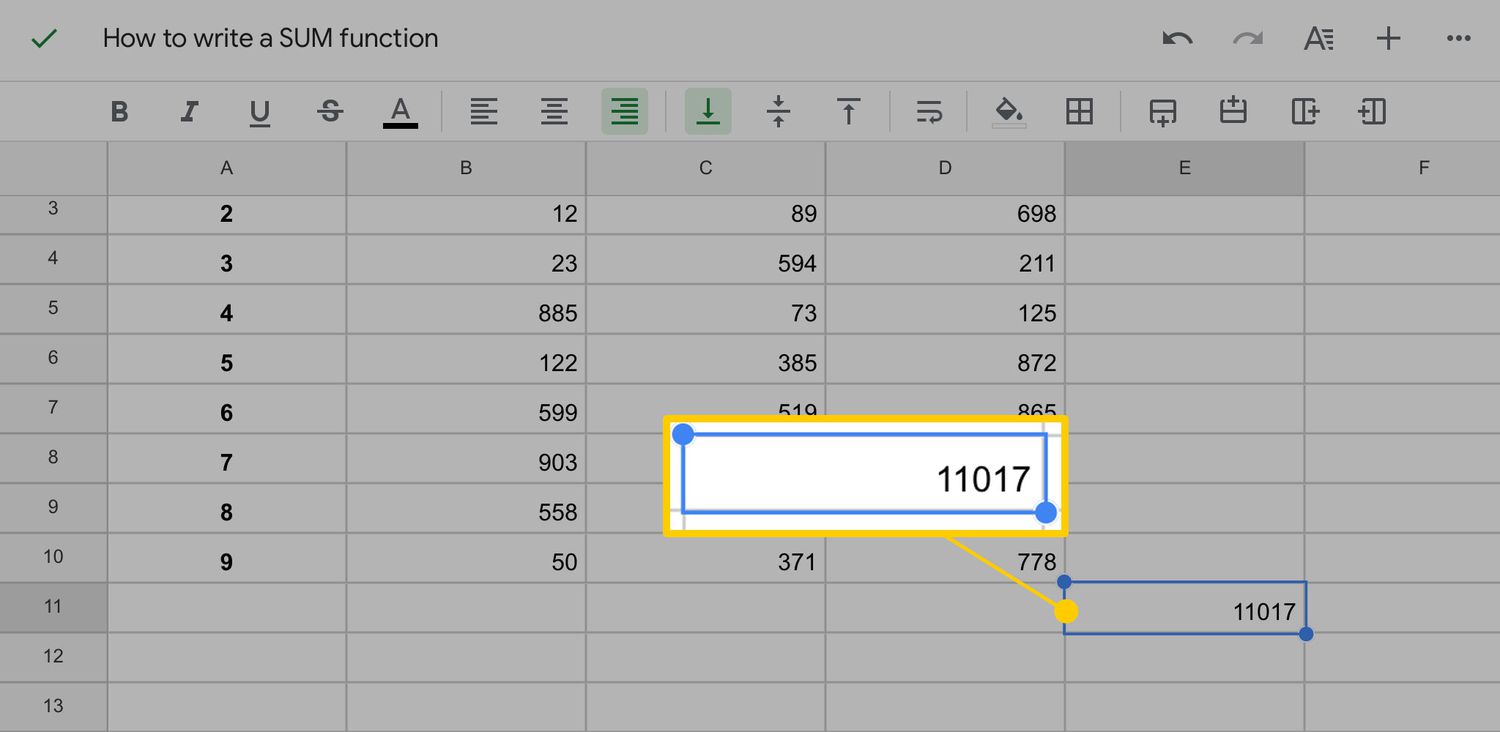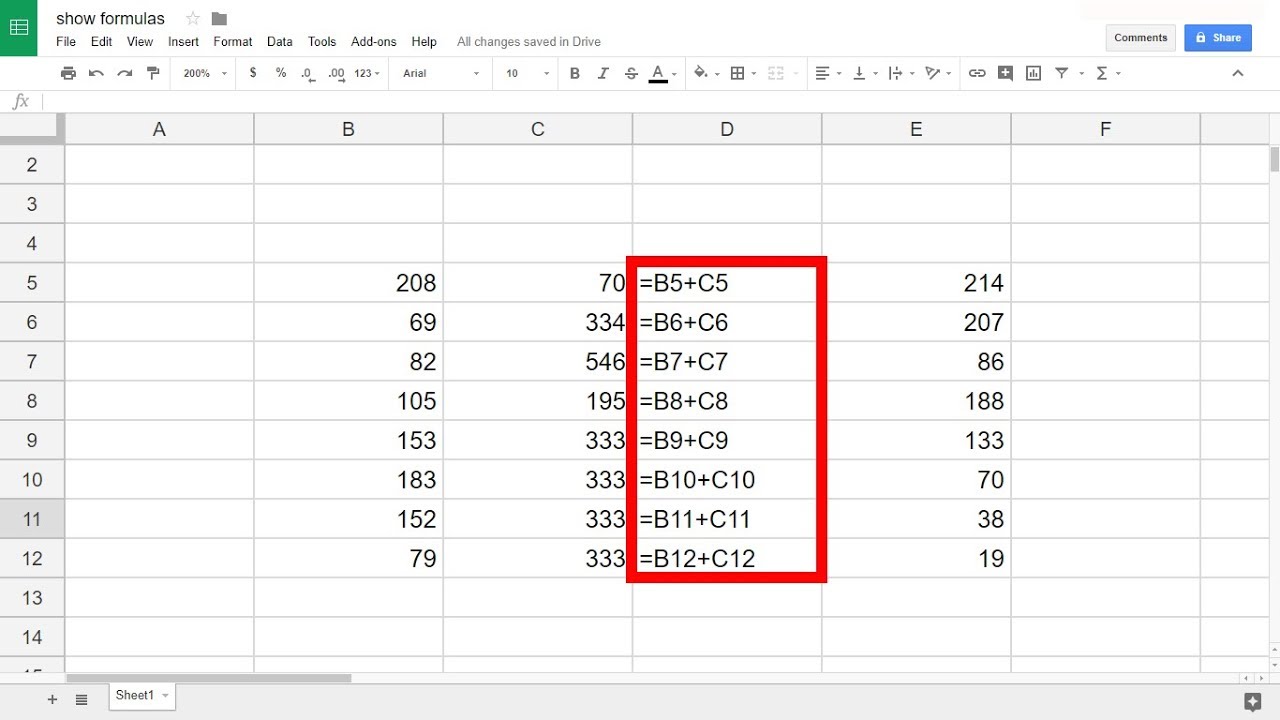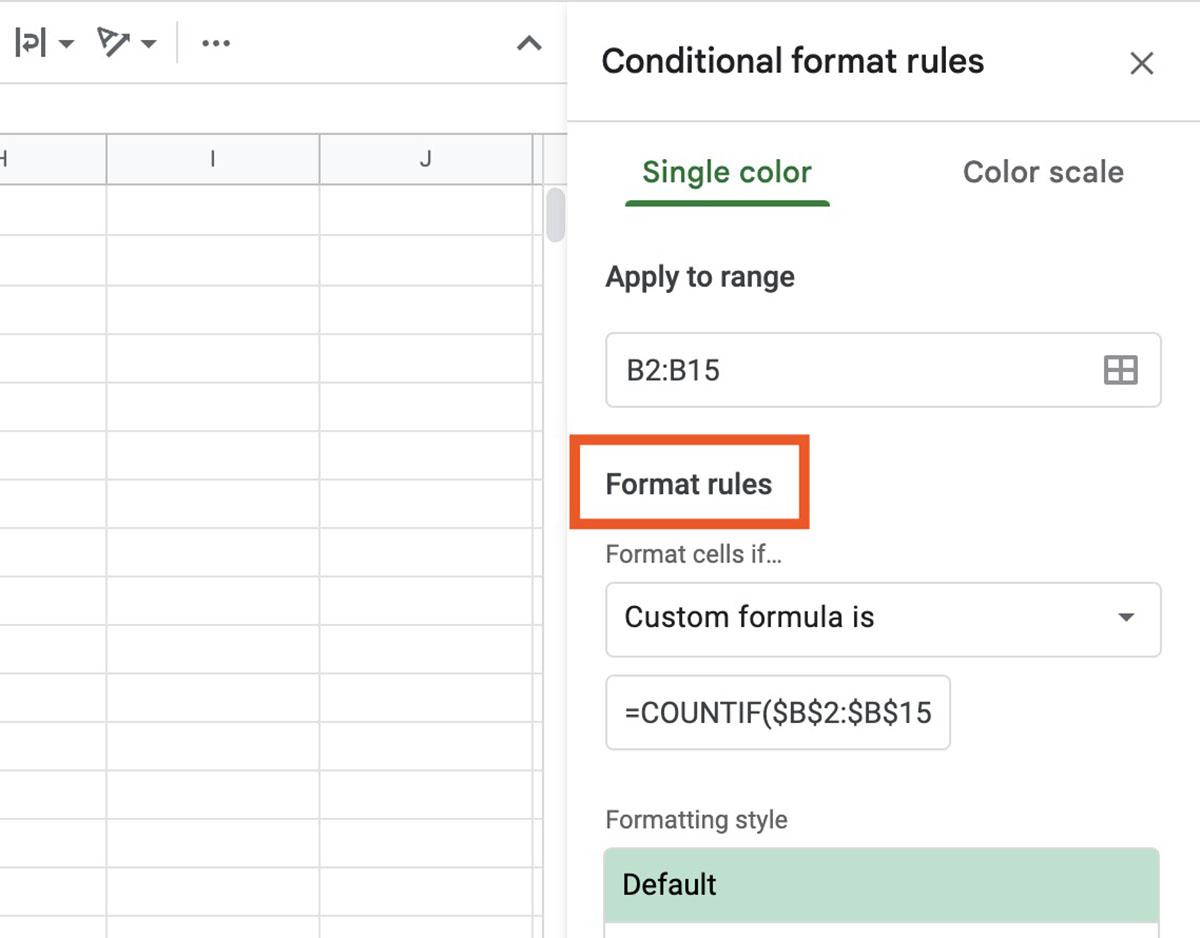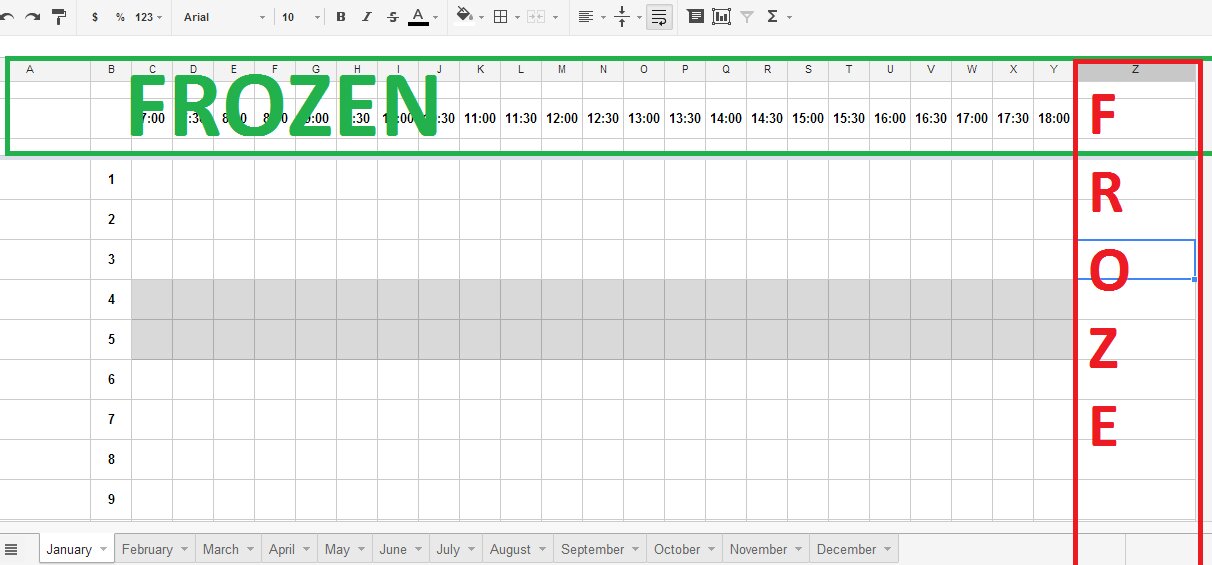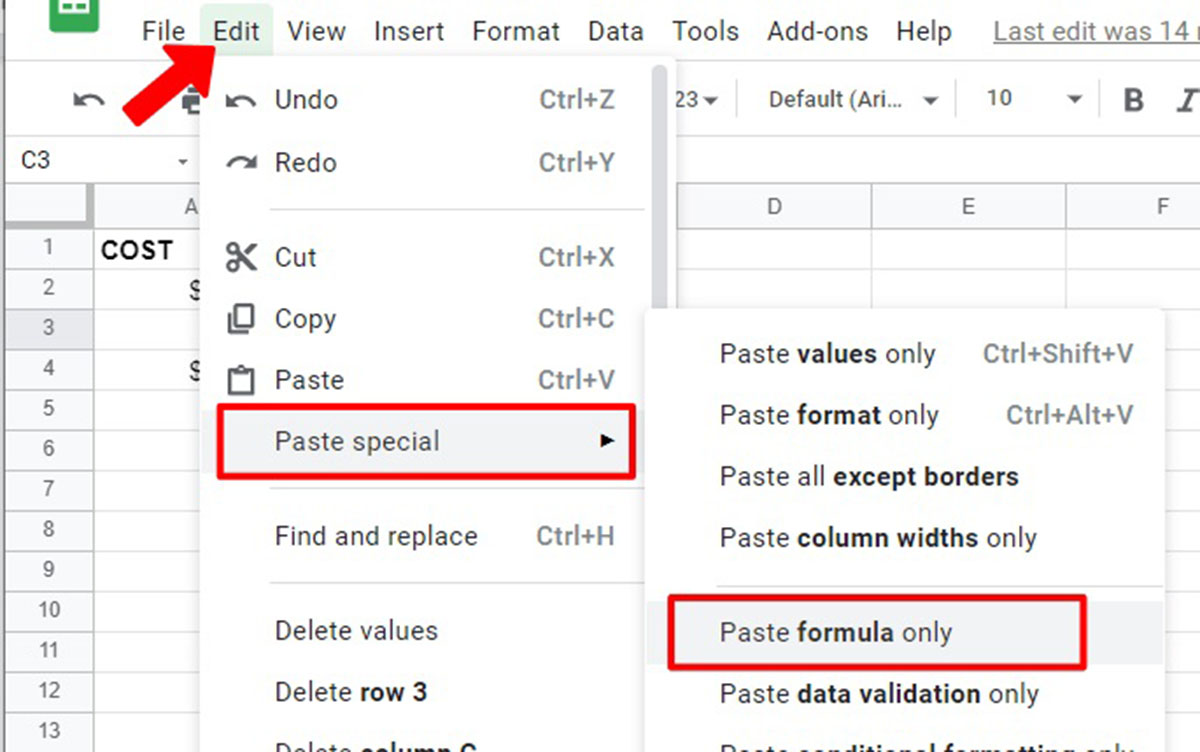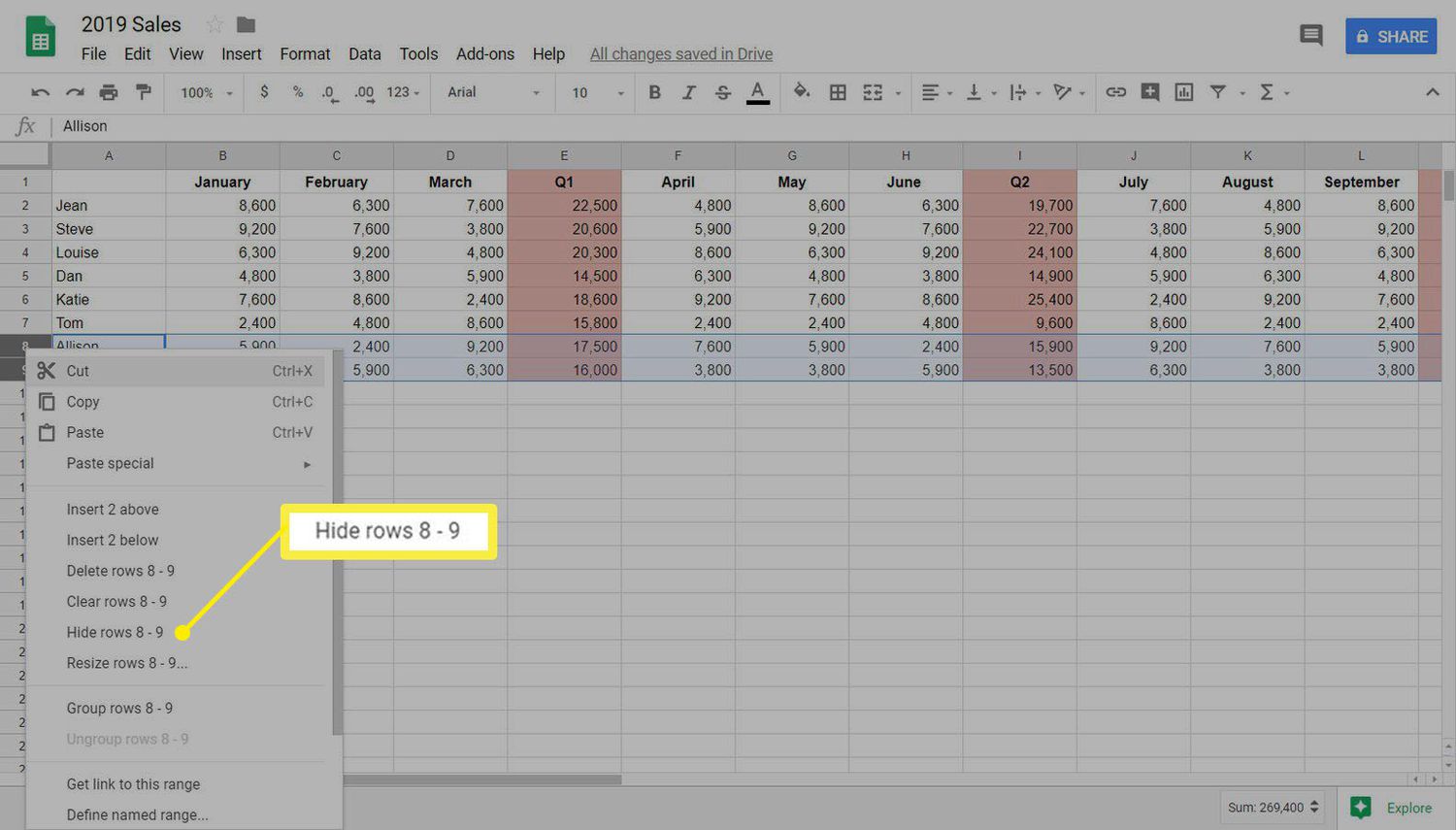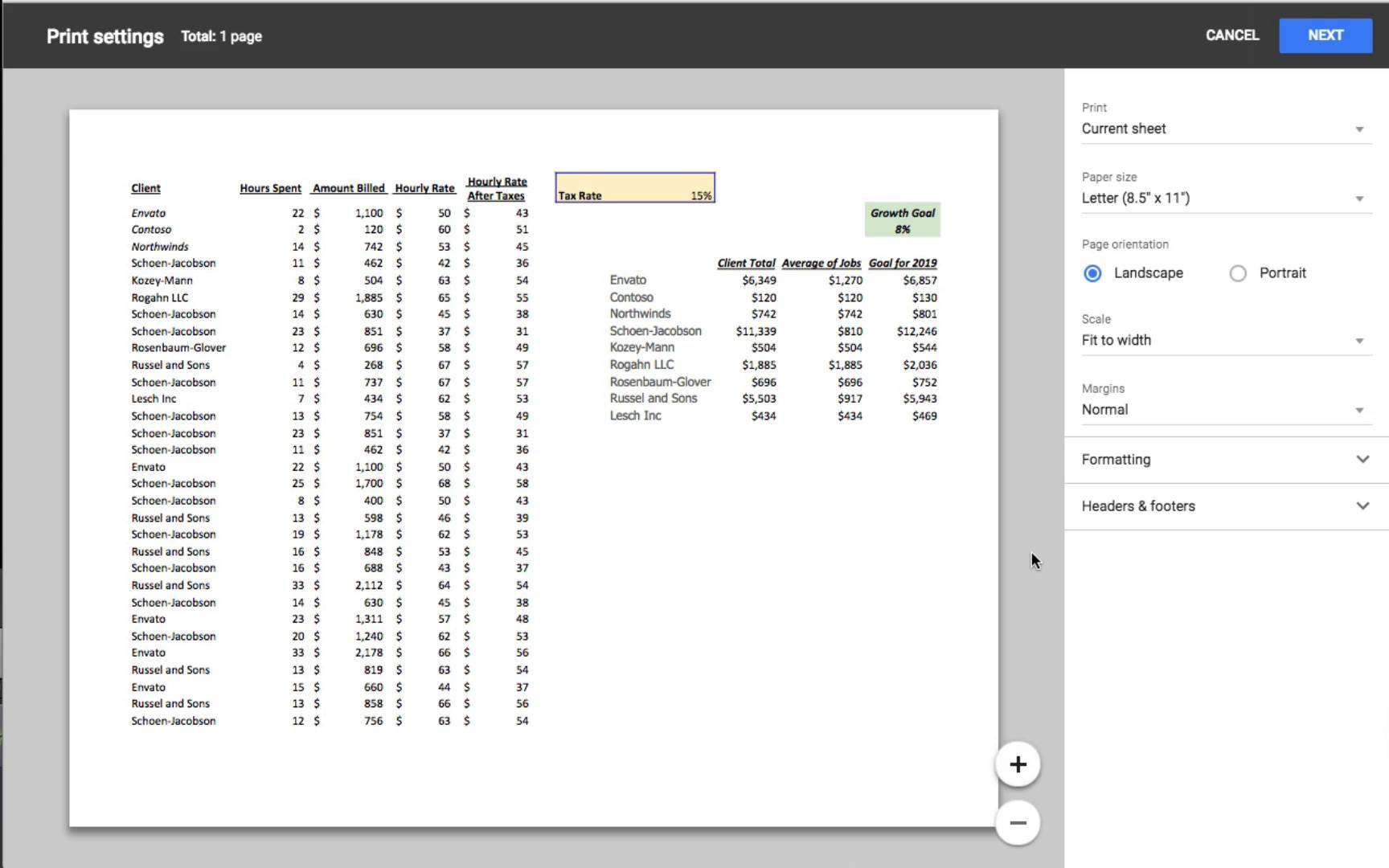What is Vlookup?
Vlookup, short for “Vertical Lookup,” is a powerful function in Google Sheets that allows you to search for a specific value in a column and retrieve information from another column in the same row. This function is especially useful when dealing with large sets of data, as it helps you quickly extract relevant information based on specific criteria.
Vlookup is commonly used in various scenarios, such as finding the price of a product based on its unique identifier, looking up customer information based on a membership number, or searching for the grade of a student based on their student ID. By using Vlookup, you can avoid the tedious manual search process and automate data retrieval.
One of the key features of Vlookup is its ability to work vertically. This means that it searches for the lookup value in the leftmost column of a selected range, and once found, retrieves the corresponding value from a specified column in the same row. It follows a simple “lookup and retrieve” principle, making it a versatile and essential function for data analysis and manipulation.
Whether you are an accountant, salesperson, data analyst, or simply someone who frequently works with numbers and information, understanding how to use Vlookup in Google Sheets can significantly enhance your productivity and efficiency when dealing with large datasets.
Now that we have a clear understanding of what Vlookup is and its potential applications, let’s dive into how it works and explore the syntax of the Vlookup function in Google Sheets.
How does Vlookup work in Google Sheets?
Vlookup in Google Sheets follows a straightforward process to search for a specific value in a designated column and retrieve information from another column in the same row. When using Vlookup, you need to specify the lookup value, the range of cells to search in, the column index from which to retrieve the information, and whether you want an exact match or an approximate match.
The syntax of the Vlookup function in Google Sheets is as follows:
=VLOOKUP(search_key, range, index, is_sorted)
- search_key: This is the value you are looking for in the leftmost column of the selected range. It can be a cell reference, a number, or text enclosed in quotation marks.
- range: This refers to the range of cells where you want to search for the lookup value. It should include the leftmost column where the lookup is performed and the corresponding column from which you want to retrieve data. The range can be defined using cell references, named ranges, or the combination of both.
- index: This represents the column index from which you want to retrieve data. The leftmost column has an index of 1, the next column has an index of 2, and so on.
- is_sorted: This indicates whether the range is sorted in ascending order or not. If set to TRUE or left blank, Vlookup assumes the range is sorted, allowing it to find an approximate match. If set to FALSE, Vlookup performs an exact match.
Once you have entered the Vlookup formula with the appropriate parameters, Google Sheets will search for the lookup value in the leftmost column of the range specified. If a match is found, Vlookup will retrieve the corresponding value from the column specified by the index parameter. If no match is found, Vlookup will return an error message or a default value, depending on how you have set it up.
To ensure accuracy and maximize the effectiveness of Vlookup, it is crucial to understand the structure of your data, designate the correct column for lookup, and provide the necessary arguments in the formula. By mastering the use of Vlookup in Google Sheets, you can efficiently extract and analyze information from large datasets, saving time and effort in data management tasks.
Syntax of Vlookup function
The Vlookup function in Google Sheets has a specific syntax that you need to follow to use it correctly. Understanding the syntax is essential for constructing accurate and effective Vlookup formulas. Let’s explore the components of the Vlookup function:
=VLOOKUP(search_key, range, index, is_sorted)
- search_key: The search_key is the value you are looking for in the leftmost column of the range. It can be a cell reference (e.g., A1), a number, or text enclosed in quotation marks (e.g., “apple”).
- range: The range parameter refers to the range of cells where you want to search for the lookup value. It should include the leftmost column where the lookup is performed and the corresponding column from which you want to retrieve data. You can define the range using cell references (e.g., A1:B10), named ranges, or a combination of both.
- index: The index parameter represents the column index from which you want to retrieve data. The leftmost column has an index of 1, the next column has an index of 2, and so on.
- is_sorted: The is_sorted parameter indicates whether the range is sorted in ascending order or not. If set to TRUE (or left blank), Vlookup assumes the range is sorted, enabling it to find an approximate match. If set to FALSE, Vlookup performs an exact match.
By combining these parameters in the correct format, you can create a Vlookup formula that searches for a specific value in a column and retrieves information from another column in the same row. For example, the formula =VLOOKUP("apple", A1:B10, 2, FALSE) searches for “apple” in the leftmost column of the range A1:B10 and retrieves data from the second column (column B) in the same row.
It’s important to note that the search_key must be present in the leftmost column of the range for Vlookup to work correctly. If the search_key is not found, Vlookup returns an error message or a default value, depending on how you’ve set it up.
Understanding the syntax of the Vlookup function allows you to harness its power and flexibility in extracting information from large datasets in Google Sheets. With practice, you can construct complex formulas and make the most out of Vlookup’s capabilities to enhance your data analysis and decision-making processes.
Steps to use Vlookup in Google Sheets
Using the Vlookup function in Google Sheets can help you quickly retrieve data based on specific criteria. Follow the steps below to effectively use Vlookup in your spreadsheets:
- Select the cell: Begin by selecting the cell where you want the Vlookup formula to be placed. This is where the retrieved information will appear.
- Start typing the formula: Type the equal sign (=) followed by the word “VLOOKUP”. This signals to Google Sheets that you want to use the Vlookup function.
- Enter the search_key: In the parentheses, specify the search_key, which is the value you want to look up in the leftmost column of the range. This can be a cell reference, a number, or text enclosed in quotation marks.
- Add the range parameter: After the search_key, enter a comma and then indicate the range of cells where Google Sheets should search for the lookup value. This range should include the leftmost column where the lookup is performed and the corresponding column from which you want to retrieve data. You can define the range using cell references or named ranges.
- Include the index parameter: Following the range, add another comma and provide the index parameter. This specifies the column index from which you want to retrieve data. The leftmost column has an index of 1, the next column has an index of 2, and so on.
- Specify the is_sorted parameter: Lastly, add another comma and indicate whether the range is sorted in ascending order. If the range is sorted, set the is_sorted parameter to TRUE (or leave it blank). If the range is not sorted, set it to FALSE.
- Close the parentheses and press Enter: Once you have entered all the necessary parameters, close the parentheses and press Enter. Google Sheets will evaluate the formula and display the retrieved information in the selected cell.
- Copy the formula: If you want to apply the Vlookup formula to other cells, you can copy and paste it to the desired range. Make sure to adjust the cell references and ranges accordingly.
By following these steps, you can effectively use the Vlookup function in Google Sheets to extract information based on specific criteria. Play around with different values, ranges, and indexes to customize the formula to your needs and enhance data analysis in your spreadsheets.
Example of using Vlookup in Google Sheets
Let’s walk through an example to illustrate how Vlookup can be used in Google Sheets. Suppose you have a spreadsheet containing a list of products and their corresponding prices. You want to find the price of a specific product based on its unique identifier.
Here’s how you can use Vlookup to accomplish this:
- Organize your data: Make sure that your data is properly organized in columns. In this example, you would have a column for the unique identifiers (e.g., product codes) and another column for the corresponding prices.
- Select the cell: Choose the cell where you want to display the retrieved price.
- Type the formula: Begin typing the Vlookup formula in the selected cell by entering =VLOOKUP(
- Enter the search_key: Specify the unique identifier (product code) that you want to search for. For example, if your product codes are in column A and you want to search for code “ABC123”, enter A2 (assuming the data starts in the second row).
- Add the range parameter: After the search_key, add a comma and input the range of cells where the lookup values and prices are located. For example, if your product codes are in column A and the corresponding prices are in column B, enter A:B to cover the entire range.
- Include the index parameter: Add another comma and specify the column index from which you want to retrieve data. In this case, since the prices are in the second column (column B), enter 2.
- Specify the is_sorted parameter: Add another comma and set the is_sorted parameter to FALSE. This ensures an exact match is performed.
- Close the parentheses and press Enter: Once you have entered all the parameters, close the parentheses and press Enter. Google Sheets will evaluate the formula and display the retrieved price in the selected cell.
By following these steps and customizing the parameters based on your specific data structure, you can effectively use Vlookup to retrieve information in Google Sheets. Experiment with different lookup values and ranges to extract the desired data and streamline your data analysis process.
Tips and tricks for using Vlookup efficiently
While Vlookup is a powerful and versatile function in Google Sheets, there are several tips and tricks that can help you use it more efficiently and effectively. By following these suggestions, you can enhance your productivity and streamline your data analysis tasks:
- Sort your data: To ensure accurate results, it’s recommended to sort the lookup column in ascending order. This is particularly important when using approximate matches. Sorting the data allows Vlookup to perform faster and more accurately.
- Use named ranges: Instead of manually entering cell references in the Vlookup formula, consider using named ranges. Names ranges make your formulas more readable and adaptable, especially when working with large datasets.
- Double-check your cell references: It’s essential to review and verify the cell references in your Vlookup formula, especially when copying the formula to other cells. Incorrect cell references can lead to inaccurate results.
- Use the range lock ($: When copying the Vlookup formula horizontally or vertically, use the range lock ($) on the lookup range to keep it fixed. This ensures that the lookup range doesn’t change as you copy the formula to different cells.
- Handle error values: When a lookup value is not found, Vlookup returns an #N/A error. To handle this, you can use the IFERROR function to display a custom message or a default value when an error occurs.
- Combine with other functions: Vlookup can be combined with other functions in Google Sheets to perform more complex operations. For example, you can use the IF function to set conditions for the retrieval of data based on specific criteria.
- Refresh the formulas: If you make changes to the data used in a Vlookup formula, remember to refresh the formulas on your spreadsheet. This ensures that the results are updated and reflect any modifications.
- Practice and experiment: The more you practice using Vlookup, the more comfortable and efficient you will become. Experiment with different values, ranges, and options to familiarize yourself with its capabilities and tailor it to your specific data analysis needs.
By applying these tips and tricks, you can make the most out of the Vlookup function in Google Sheets. The key is to be mindful of data organization, accuracy in cell references, and leveraging additional functions for enhanced data manipulation and analysis. Continuous practice will help you master Vlookup and unlock its full potential in your spreadsheets.
Common errors and troubleshooting for Vlookup in Google Sheets
While using Vlookup in Google Sheets, you may encounter some common errors or face challenges in getting the desired results. Understanding these errors and troubleshooting them can help you resolve issues and ensure the accurate functioning of the Vlookup formula. Here are some of the common errors and their solutions:
- #N/A error: This error occurs when the lookup value is not found in the leftmost column of the range. To address this, double-check the lookup value and ensure it is present in the specified range.
- Incorrect results: If you are getting incorrect results, verify the cell references and ranges used in the Vlookup formula. Ensure that they accurately represent the data you want to retrieve.
- Data type mismatch: Vlookup requires the data type of the lookup value to match the data type in the leftmost column of the range. Ensure that the data types are consistent and compatible.
- Use of approximate match: If you are using an approximate match (is_sorted parameter set to TRUE), remember that Vlookup assumes the range is sorted in ascending order. Check if the range is indeed sorted, and if not, switch to an exact match by setting the is_sorted parameter to FALSE.
- Missing dollar sign ($): When copying the Vlookup formula, make sure to use the dollar sign ($) to lock the range reference and prevent it from changing. This ensures that the correct range is used in each cell of the copied formula.
- Named range errors: If you have defined named ranges and encounter errors, confirm that the named ranges are correctly assigned and refer to the correct data range. Check for typos or inadvertent changes in the range names.
- Empty or extra spaces: Sometimes, the data in the lookup column may contain leading or trailing spaces. This can cause Vlookup to fail in finding an exact match. To handle this, use the TRIM function to remove any extra spaces in the lookup value and the data range.
- Refreshing the formula: If you make changes to the data used in the Vlookup formula, remember to refresh the formulas on your spreadsheet. This ensures that the results are updated to reflect any modifications.
By understanding these common errors and troubleshooting techniques, you can overcome challenges and successfully use Vlookup in Google Sheets. Carefully review your data, formula structure, and references to resolve any issues and achieve accurate results in your data retrieval and analysis tasks.
Conclusion
Using Vlookup in Google Sheets can greatly simplify and speed up your data analysis tasks. It allows you to quickly search for specific values in a column and retrieve information from another column in the same row. By understanding the syntax, following the steps, and applying tips and tricks, you can use Vlookup efficiently and effectively.
Vlookup is a versatile function that can be applied in various scenarios, such as finding prices based on product codes, looking up customer information based on IDs, or retrieving grades based on student IDs. It saves time and eliminates the need for manual searches, allowing you to focus more on valuable data analysis and decision-making.
However, it is important to be aware of common errors that can occur when using Vlookup. These errors, such as #N/A, incorrect results, or data type mismatches, can be resolved by carefully checking the data, cell references, and formula structures.
By practicing and experimenting with Vlookup, you can become proficient in using this powerful function. With each usage, you will gain confidence in constructing accurate formulas, leveraging named ranges, and handling errors effectively.
So, embrace Vlookup in Google Sheets and unlock its potential to enhance your data analysis capabilities. With its ability to retrieve information based on specific criteria, Vlookup empowers you to make informed decisions and derive meaningful insights from your data.







